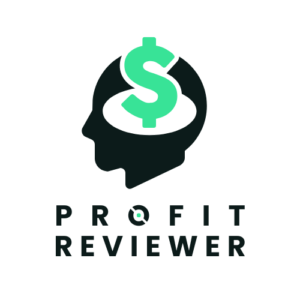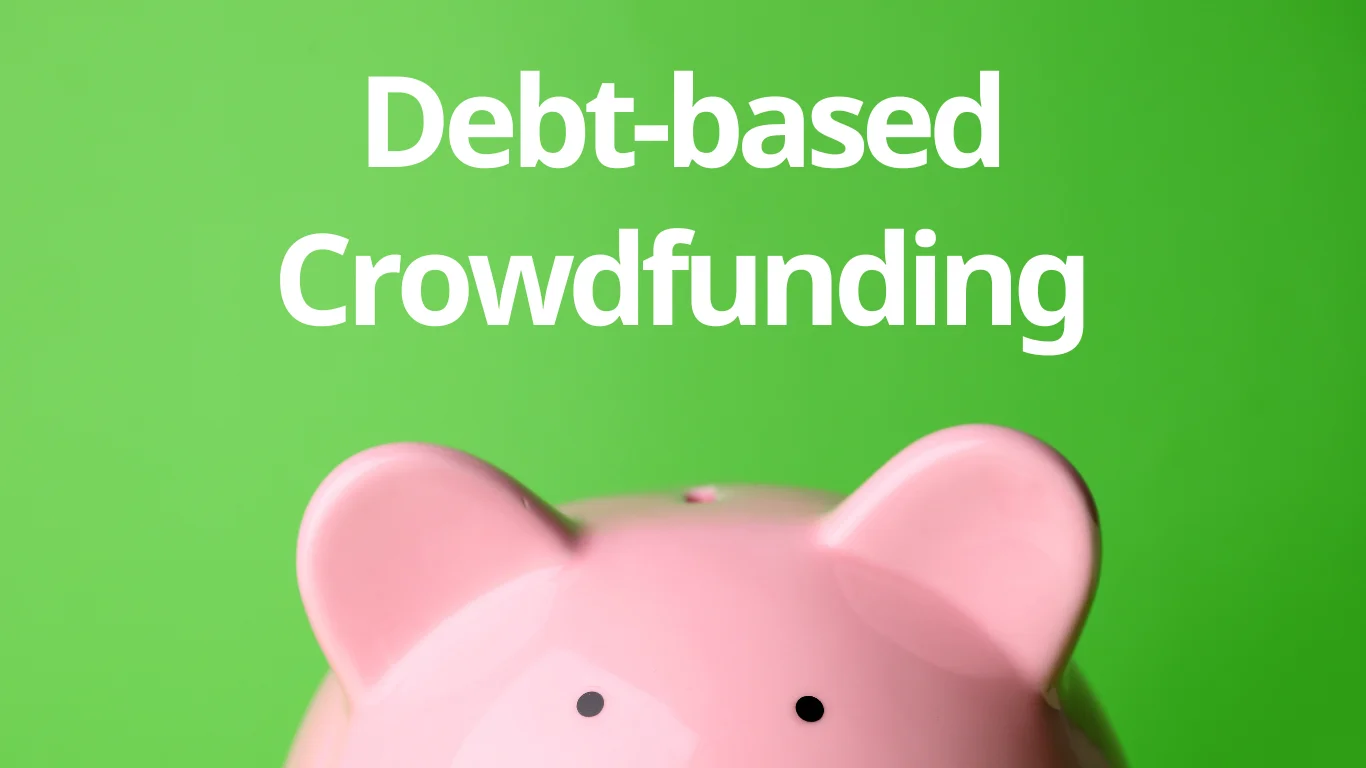Debt-based crowdfunding is a revolutionary approach to raising capital that is gaining popularity in the business world. It offers an alternative way for businesses or individuals to secure funding through a collection of investors rather than a singular lending entity. The process is straightforward and benefits both parties involved—borrowers secure the funding they need while lenders receive their initial investment back with interest over time.
Unveiling the Concept of Debt-Based Crowdfunding
In the simplest terms, debt-based crowdfunding is a system where a multitude of investors or ‘the crowd’ lend money through a platform to a business or an individual. It’s an innovative twist on the traditional loan system, eliminating the need for intermediaries like banks, thus reducing costs for borrowers while potentially providing lenders with improved rates of return.
This method of financing is often compared to equity crowdfunding. While equity crowdfunding implies investors receiving a share in the company in return for their investment, debt-based crowdfunding involves investors lending money to the business with the expectation of repayment with added interest. In essence, it’s a more predictable manner of investment as it offers an expected fixed return.
The Multifaceted Forms of Debt-Based Crowdfunding
Debt-based crowdfunding doesn’t come in a one-size-fits-all package. Instead, it encompasses a variety of types, each serving different financial needs and scenarios. Let’s delve into some of the most common forms:
Peer-to-Peer Lending (P2P)
Peer-to-peer lending is perhaps the most straightforward form of debt-based crowdfunding. It involves individual investors lending directly to businesses. The funds can be managed individually or pooled, depending on the model the platform employs. The advantage here lies in the lower interest rates for businesses and better returns for investors than traditional savings accounts.

Mini-Bonds
Mini-bonds are a type of long-term investment where investors lend to a company for a fixed return over a set period. The term usually spans three to five years, with interest rates often set at 7% or 8%. A notable point here is that these bonds are rare and have been offered by only a handful of high-profile businesses.

Invoice Financing
Invoice financing is a unique solution for businesses aiming to maintain a healthy cash flow. In this model, companies sell their unpaid invoices to a third party, effectively getting a loan against the money owed by their customers. This method is beneficial for businesses dealing with extended payment terms from their clients.
The Pros and Cons of Debt-Based Crowdfunding
Debt-based crowdfunding has both advantages and drawbacks, like any financial mechanism. It’s important to understand these factors to determine if this financing model aligns with your business needs.
Advantages
A Fresh Take on Financing
Debt-based crowdfunding breathes a new life into traditional financing methods. It eliminates the need for lengthy bank loan applications and approval times, making it a suitable choice for founders who need help securing such financing.
Attracting Investors with Interest
The promise of an attractive return on investment can lure potential investors. The well-defined return rate can also inject confidence in investors, demonstrating that the investment opportunity has been thoroughly considered and planned.
Retaining Ownership
Unlike equity crowdfunding, where you give up a portion of your company’s ownership for funding, debt-based crowdfunding allows you to maintain total control over your business. You simply borrow the money and pay it back with interest.
Disadvantages
Cash Flow Concerns
For businesses with unpredictable cash flow, there may be better options than debt-based crowdfunding due to the difficulties that may arise in repaying the investors.
Increased Fees
Compared to other forms of crowdfunding, debt-based crowdfunding might be associated with higher fees. Additionally, the loan amounts may have a shorter term compared to other methods of capital raising.
Risks with Debt Investment
Investing in debt-based crowdfunding comes with its share of risks for both the investors and the business. The business must be highly successful and capable of repaying the debt without any issues. If things go wrong, the business would still be liable to pay the debt, and this can slow down the investment process.

The Crowdfunding Platforms Revolution
Crowdfunding platforms are the main facilitators in the debt-based crowdfunding process. They act as the bridge between borrowers and investors, providing a platform where campaigns are hosted, and prospective investors can review and decide to invest. Platforms like LendingClub, Funding Circle, Prosper Marketplace, Kiva, and Upstart have emerged as leaders in the debt crowdfunding industry, connecting borrowers and investors globally.
Regulatory Landscape of Debt-Based Crowdfunding
Different countries have different rules about crowdfunding loans. This affects how much the crowdfunding industry can grow and how it works. Governments and financial regulators have an essential role in making sure that lenders follow good practices. Regulators keep things transparent and make sure that anti-money laundering and consumer protection rules are followed.
Understanding the regulatory environment is critical to navigating through the complexities of the industry and making informed decisions. It’s always a good idea to seek professionals experienced in crowdfunding.
Looking Ahead: The Future of Debt-Based Crowdfunding
Debt crowdfunding is set to grow due to technology, global adoption, and regulations. Artificial intelligence, machine learning, and blockchain could revolutionise the industry by improving credit assessments, platform security, and operational efficiencies. By using everyday language, simple vocabulary, and short sentences, we can make the text direct and concise. We should keep in mind the audience’s needs and organise the information logically, with the most essential information presented first. We should use an active voice and avoid jargon, acronyms, and legal language.
As the awareness of debt crowdfunding increases and regulations evolve, the industry could experience greater global adoption, providing borrowers and investors with more access to capital and investment opportunities around the world.
Debt-based crowdfunding has become a notable substitute for traditional lending, providing advantages for borrowers, investors, and the overall financial environment. Its potential for further growth and innovation is making it an increasingly important component of the worldwide financial landscape. If you’re keen on learning more about debt-based crowdfunding, a wealth management expert can assist you in navigating through it.
FAQ
What is debt-based crowdfunding?
Debt-based crowdfunding is a financing technique that involves collecting funds from several investors to provide loans to borrowers such as individuals or businesses. This method is beneficial for small businesses or individuals who need help with obtaining traditional funding sources.
How can debt-based crowdfunding benefit businesses?
Debt-based crowdfunding provides businesses with an alternative source of funding, potentially at lower interest rates and with quicker approval times than traditional bank loans. It also allows businesses to retain full ownership, unlike equity crowdfunding, which involves giving up a portion of the company’s ownership in exchange for funding.
What are the risks involved in debt-based crowdfunding?
Investing in debt-based crowdfunding comes with its share of risks. These include default risk (the possibility that a borrower may not repay their loan, resulting in losses for investors), interest rate risk (fluctuations in market interest rates that can impact the value of fixed-income investments), platform risk (operational and financial risks associated with debt crowdfunding platforms), regulatory and legal risks (potential changes in laws, regulations, or government policies), and economic and market risks (broader economic factors such as recessions, inflation, or market volatility).
What are some prominent platforms for debt-based crowdfunding?
Some leading platforms in the debt crowdfunding industry include LendingClub, Funding Circle, Prosper Marketplace, Kiva, and Upstart. These platforms connect borrowers and investors globally, providing them with a platform to host campaigns, review, and decide to invest.
What is the future of debt-based crowdfunding?
With advancements in technology, increased global adoption, and evolving regulatory frameworks, the debt crowdfunding industry is expected to experience significant growth. Emerging new technologies like artificial intelligence, machine learning, and blockchain have the potential to revolutionise the industry by enhancing credit assessment processes, improving platform security, and increasing operational efficiencies.





Thank you for your sharing. I am worried that I lack creative ideas. It is your article that makes me full of hope. Thank you. But, I have a question, can you help me? https://www.binance.com/register?ref=IXBIAFVY